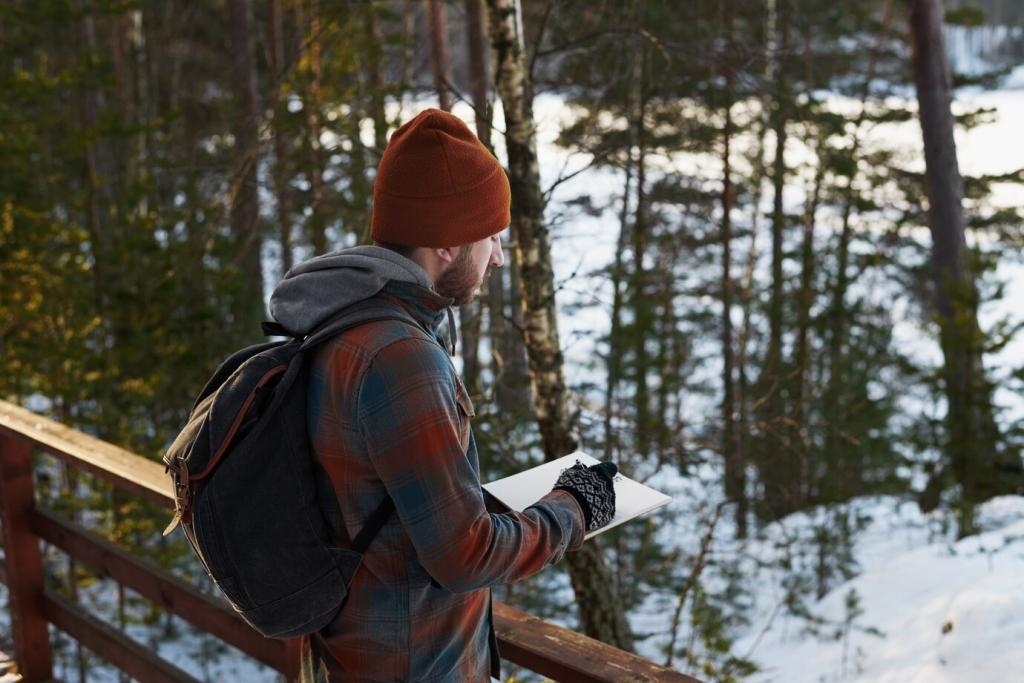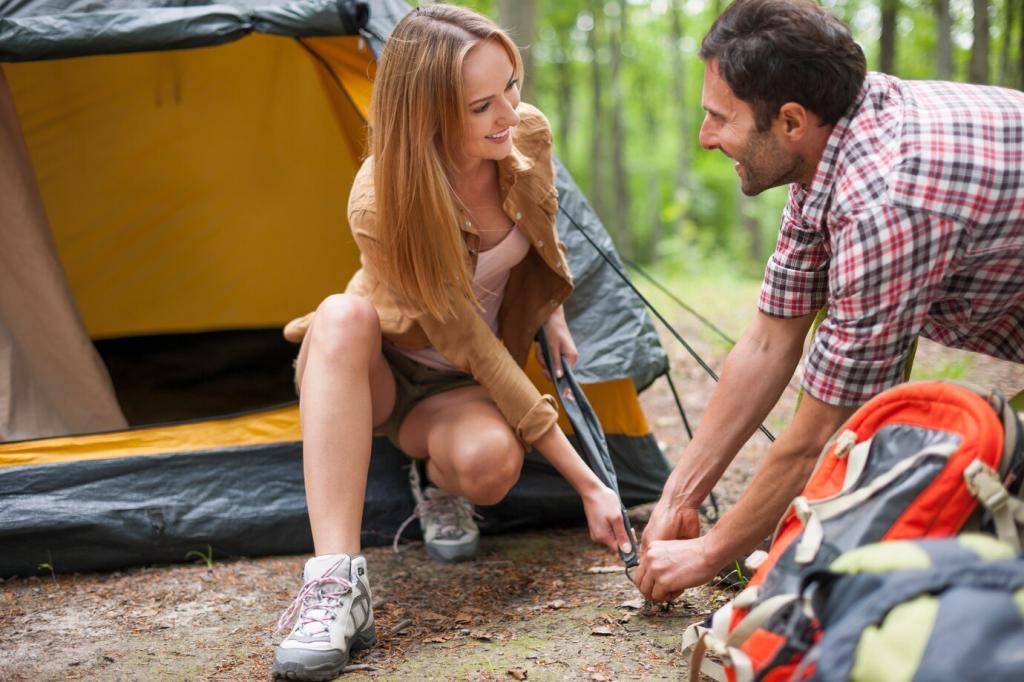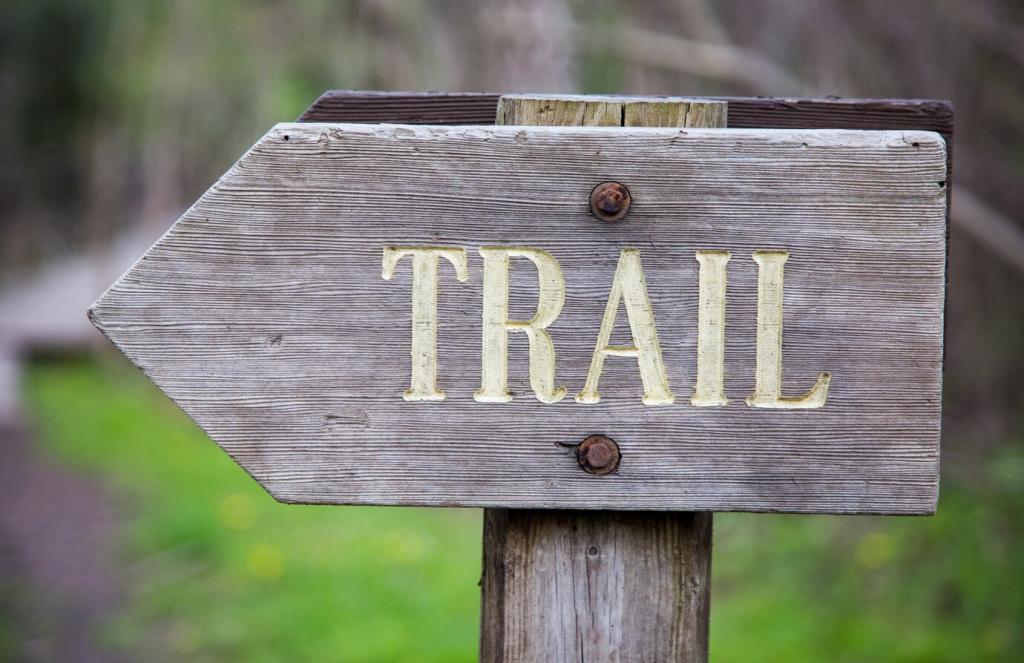Navigation and Safety: Be Ready for Changing Trails
Carry a paper topo map and a basic compass even if you love your mapping app. Download offline maps and keep your phone in airplane mode to save battery. A pocket-sized power bank offers peace of mind. What offline map layers do you trust most?
Navigation and Safety: Be Ready for Changing Trails
A whistle, space blanket, tiny headlamp, and compact first aid kit disappear in your pack yet matter when weather shifts. Add repair tape and a few zip ties for gear mishaps. Share the one small item that has saved your spring hike more than once.







